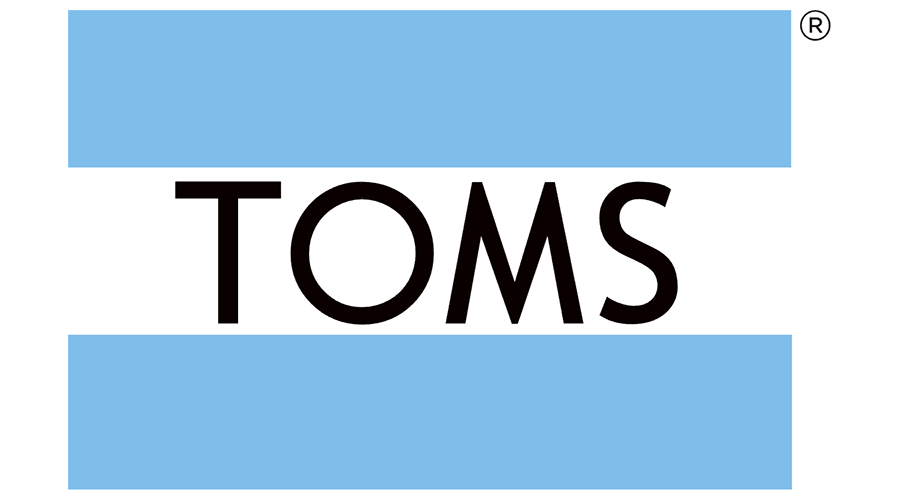Ethical Issues in Marketing By TOMS

TOMS isn’t just engaged in corporate philanthropy to make a quick buck; it’s a core part of the company’s values and brand.
TOMS was founded by Blake Mycoskie in 2006 following a trip to Argentina During his visit, Mycoskie saw firsthand how people living in impoverished areas of Argentina had to live without shoes, a challenge that many of us likely give little thought. Inspired by his trip, Mycoskie decided to establish his company with giving in mind.
Since 2006, TOMS’ footwear business has donated more than 60 million(!) pairs of shoes to children in need all over the world. As if that weren’t enough, TOMS’ eyewear division has given more than 400,000 pairs of glasses to visually impaired people who lack access to ophthalmological care.




The company has further diversified its operations to include clean water initiatives through its coffee business, and its line of bags has helped support projects to expand access to birthing kits to expectant mothers in developing nations as well as training for birth attendants. To date, TOMS has helped more than 25,000 women safely deliver their babies.
How Does TOMS Use Ethical Marketing?
TOMS puts its social and environmental philanthropy on full display in virtually every aspect of its branding. This not only lets potential customers know the kind of company they’re dealing with right off the bat, but also reinforces TOMS’ brand values consistently across all channels.
Take a look at TOMS’ homepage. Right underneath the carousel, the company tells you that, for every product you purchase, TOMS will help someone in need:
This isn’t a typically cynical attempt to capitalize on empty gestures or a feel-good sales tactic; it’s the same principle leveraged by brands that use display advertising. Just as many display ads are designed to promote brand awareness and achieve top-of-mind presence among consumers, TOMS’ philanthropic mission is constantly reinforced throughout its website and marketing materials. As a result, it’s almost impossible to think of TOM as a brand without thinking of the company’s various outreach projects and corporate giving initiatives.
Informative 👍🏻
ReplyDeleteAppreciate your work
ReplyDeleteWell, don't you think donating such a huge amount of shoes may affect the companies revenue?
There is no effect in the revenue because the company performs all its social works from the extra profits that it earns ,which in return helps to increase company's goodwill .
DeleteGood work
ReplyDeleteHow doing social work helps a company?
By doing social works it helps a company to full fill its CSR responsibilities and increase the good will of the company which helps the customers to stay loyal to the company.
Deletehow tom's company was started?
ReplyDeleteTOMS was founded by Blake Mycoskie in 2006 following a trip to Argentina During his visit, Mycoskie saw firsthand how people living in impoverished areas of Argentina had to live without shoes, a challenge that many of us likely give little thought. Inspired by his trip, Mycoskie decided to establish his company with giving in mind.
DeleteWhat made Tom a success?
ReplyDelete1.Fit between the valued customer and marketing mix (social media). The group that TOMS targets is very active on social media.
Delete2.Fit between social cause marketing and using social media; active and socially aware consumers.
3. Having an active community that acted as brand storytellers - utilising peoples' people networks on social media.
4. Creating awareness, reaching to large audience and geographical coverage through social media with minimal marketing cost.
Thanks for replying my question.
DeleteVery Informative content brother, Can you tell me what Toms did different than other companies which made it so successful.
ReplyDeletesome of the points which other companies can learn from Toms are
Delete1. Using social media more effectively by having an interactive and evangelistic community rather than having a large indiscriminate user base.
2.The power of the social cause and CSR activities being directly linked to the purchase of company products in the for-profit business. Customers feel they are directly driving higher investment in the CSR activities and this is key to the success of this model, and that aspect of it (the direct link from purchase to CSR) could be mirrored in many other business areas.
3.Making use of social testimonials, not as a sideline to traditional media but as a more effective way of growing and expanding brand presence through people's social network relationships.
Your post is informative... Keep it up
ReplyDeleteNice info ...can u tell me recommendations of unethical issues ...
ReplyDeletesorry..i didnt get your question ..Is it recommendations for preventing unethical issues?
Deletewell here are some points which can help
1.Hire Right: Selecting quality people from day one can make a huge difference in the ethics of your organization.
2.Develop People's Understanding: Most HR professionals will tell you that training people to act "ethically" will not have much of an impact, but developing a process for reporting ethics violations and building staff understanding about ethics expectations is important.
3.Build a Culture of Transparency, Openness, and Communication: Cultural management work is difficult. To ensure true success when it comes to organization ethics, people must see and hear what is going on as well as feel comfortable to stand up and speak out if they see something occur that is not right.
Nice work
ReplyDelete